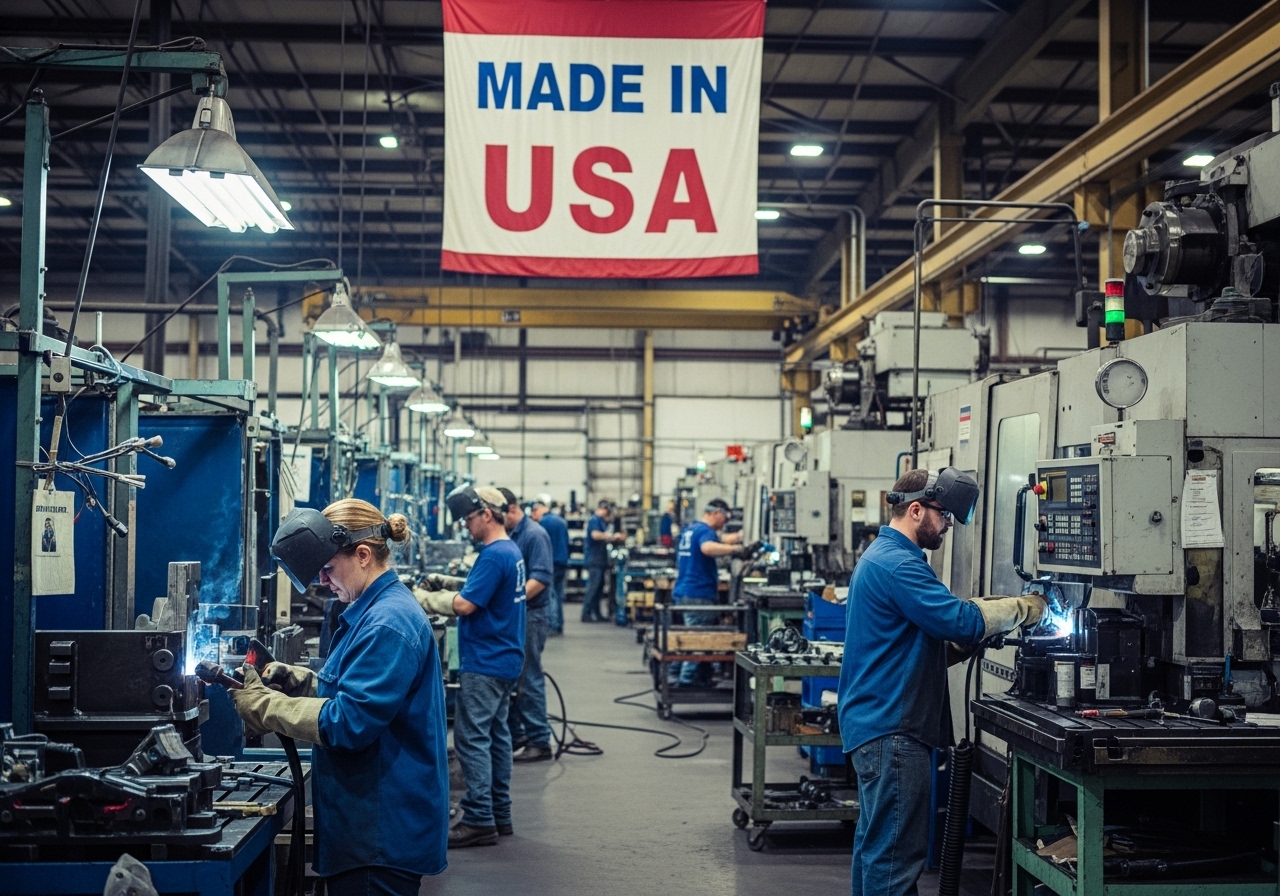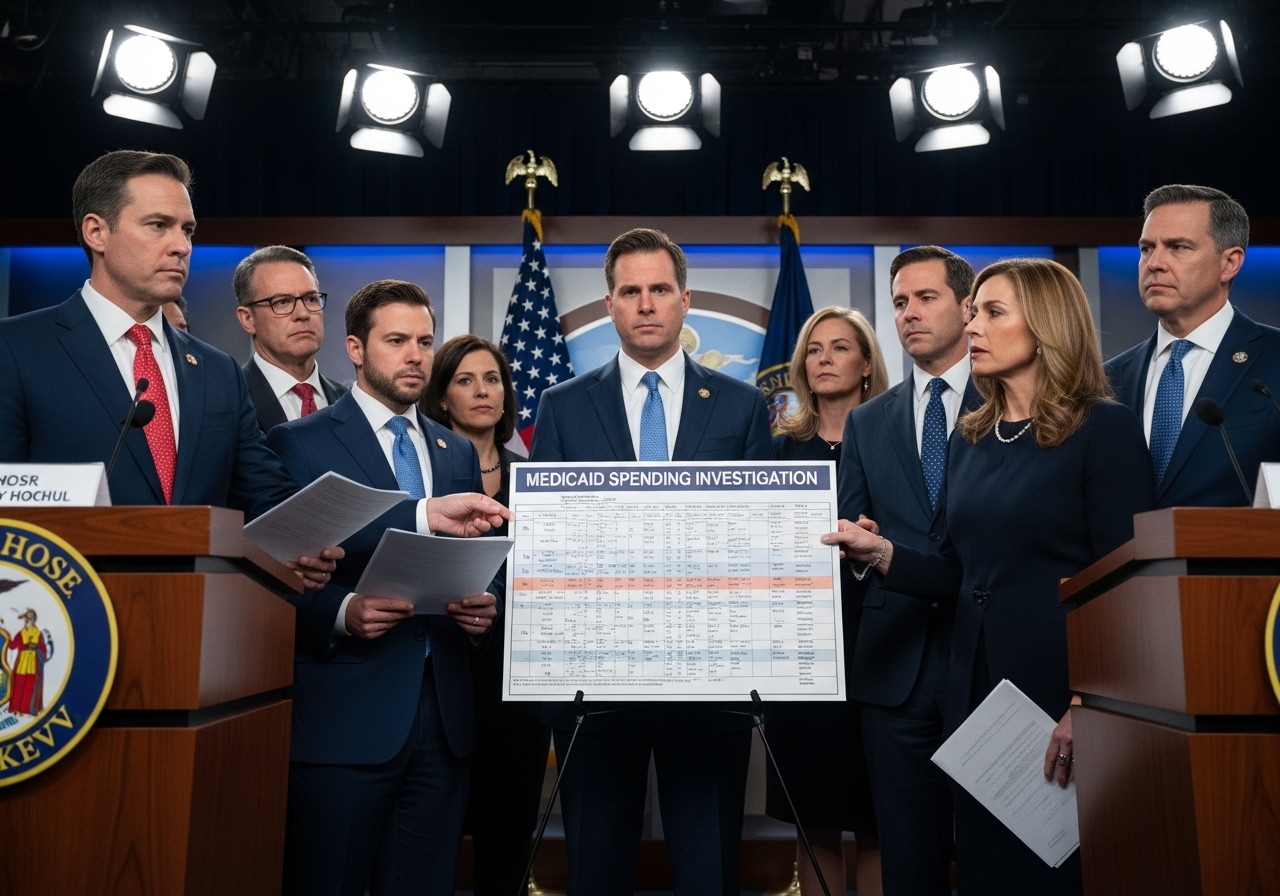The reporter questioned, “Do you bear any responsibility for inflation, Mr. President?”
“No,” Biden said.
When the interviewer pressed him for a reason, Biden responded, “Because it was already was already there when I got here, man.”
“Do you remember what the state of the economy was when I first arrived here? There was an alarming loss of jobs. The rate of inflation was going up. Nothing was being manufactured here by any stretch of the imagination. We were facing serious problems on the economic front. That is the reason why I don’t,” He continued, making it clear that he was annoyed by the inquiry.
Although the story may be convenient for Biden, it is in no way accurate.
When Joe Biden became President in January 2021, the inflation rate was between 1.4% and 1.7%, which was lower than the goal rate of 2% set by the Federal Reserve. The rise in inflation started in March 2021, which was, curiously enough, the same month that President Biden put into law his $1.9 trillion COVID-19 economic stimulus package. The rate of inflation reached an all-time high of 9.1% in June of 2022, which was a level not seen for more than four decades.
Prior to this, inflation has not grown by more than three percent since 2011, when Barack Obama was president. The most recent figures indicate that inflation continues to be higher than 6%.
In addition to the reality that inflation wasn’t an issue when Biden assumed office, many economists think that the COVID stimulus, which even the New York Times acknowledged last year, caused the economy to overheat.
According to analysts at the San Francisco Federal Reserve, the stimulus-related overheating explains why the United States saw disproportionately high inflation last year compared to other industrialized nations. This is because the United States experienced overheating due to the stimulus.
“Since the first half of 2021, US inflation has increasingly surpassed inflation in other developed nations,” the analysts said. Estimates imply that fiscal assistance measures aimed to alleviate the severity of the pandemic’s economic effect may have contributed to this gap by raising inflation by approximately 3 percentage points by the end of 2021.




Comments are closed.